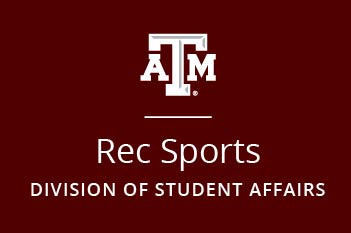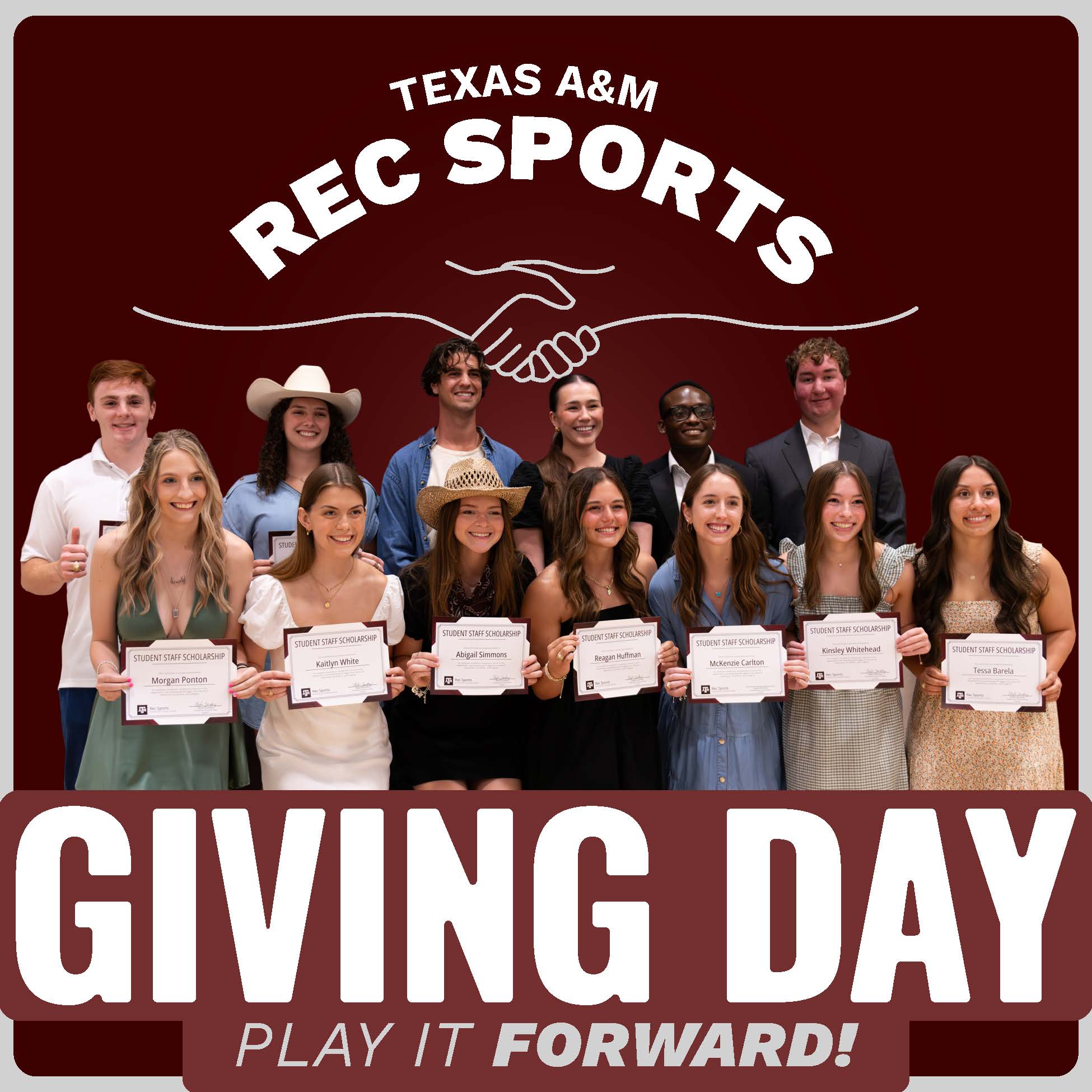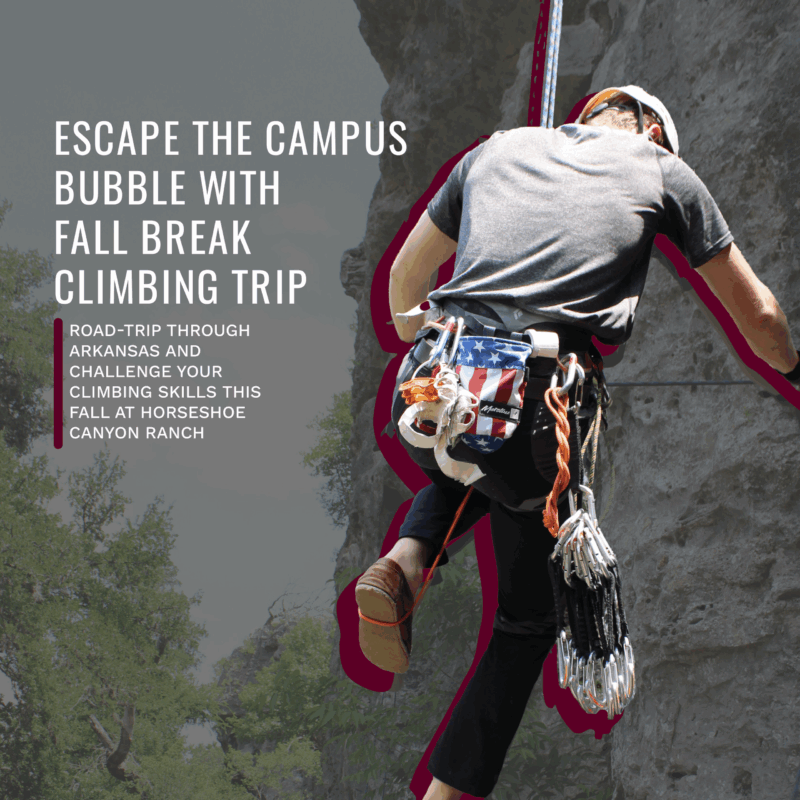Care in Crisis: Rec Sports is Trained to Respond
Rec Sports staff responded to and coordinated support for student injury the day before classes
The day before the start of the fall semester, a student sustained a serious leg injury at the Student Rec Center. Thanks to the response of Rec Sports student staff and professional safety personnel, the student received immediate care and follow-up support coordinated through multiple campus resources.
The incident occurred shortly after Rec-A-Palooza, Rec Sports’ annual welcome event. Facility supervisors on duty were the first to respond.
“Someone came and grabbed us from the desk, and they told us there was either a dislocated knee or maybe someone broke their leg,” Facilities Supervisor Aika Davis ’26 said. “So I didn’t really think I was going into anything serious.”
When Davis arrived, it was immediately clear the student needed urgent care. She stepped in to manage the scene and comfort him until emergency services arrived.
“I came over, got down to his level just so that he knew that someone was here to help him,” Davis said. “I introduced myself, I got his name, got the information of what happened, and at that time, I’d already directed my fellow supervisor to call 911, because it was obvious that it was an emergent situation.”
The injured student, a freshman who had only been on campus for three days, was transported to a local hospital for treatment. As a graduate student in athletic training, Davis said her experience helped her stay calm during the response.
“Obviously, you don’t expect a major accident to happen, but I deal with emergent situations all the time,” she said. “I was prepared if something like this were to happen.”
Once the initial emergency response by facilities staff concluded, the Rec Sports Safety and Risk Management team took over. Director of Safety and Risk Management CJ Stancheski ’18 oversees all incident follow-ups within Rec Sports facilities.
“[The] next day, I come into the office and I review the injury, see what happened, and I end up sending out an email to the individual,” Stancheski said. “Typically, it’s letting them know that our records indicate that they were injured on X date doing X activity, and I list out what type of care was provided. Then I end up asking them what additional resources are needed, that they may have, and how they’re doing.”
Because the student was hospitalized, Stancheski also collaborated with other university offices to ensure a smooth recovery and transition back to classes.
“I knew that they may be missing classes,” he said. “So trying to let Student Assistance Services know, ‘Hey, I may have a student I’m going to be referring to you,’ because they can help with things like student absence notifications and notifying professors.”
The university’s Critical Incident Response Team (CIRT) is a 24/7 support unit that assists students experiencing crises and was also involved in the follow-up process. Many Rec Sports full-time staff have been on-call members of the team.
“Within the Office of Student Life, there is a team called Critical Incident Response Team, and they provide care and support to students who are in a time of crisis,” Stancheski said. “It’s activated by a call from University Police Department, and a full-time staff member is on call 24/7. They respond to the individual and provide an initial touchpoint and resource for the student.”
According to Stancheski, CIRT representatives often visit students in the hospital, assist with academic notifications and ensure they feel supported during recovery.
“It may be a friendly face, because sometimes students don’t have anyone else with them at the hospital,” he said. “So just being able to answer questions and letting them know what the CIRT team does, and that it’s providing support.”
For Stancheski, the incident reinforced the importance of detailed reporting and ongoing staff training, especially when coordinating across different program areas within Rec Sports, such as the Operations and Events team.
“I typically try and hit home with our staff the importance of filling out an injury and illness report properly by providing us with as much detail as they can,” he said. “That way, it makes my job a little bit easier to navigate what really happened so that way I know how best to triage this report.”
All Rec Sports student employees are trained and certified in first aid, CPR and AED through the American Red Cross. Stancheski said this department-wide certification helps ensure that staff across multiple facilities are equipped to handle emergencies.
“We’re at a point where all of our student staff are First Aid/CPR/AED certified, which I think was a big undertaking for the size of our department,” he said. “I think that now enables us to provide better coverage within our department, especially since we operate multiple facilities with varying hours throughout the day.”
Davis echoed the importance of preparedness, adding that firsthand experience strengthens the culture of safety at Rec Sports. Carter Plake ’26 was training with Davis at the time of the incident, and was actually the one who called 911, allowing him to gain crucial real-world experience in incident response.
“On that shift, I was actually training someone for their first supervisor shift ever,” she said. “Letting him see how I manage the patient on the ground [was] helpful. They’ve never been in a situation like that, so it’s good experience for them here at Rec Sports, and they can kind of take that with them if an emergency were to ever happen.”
For both student employees and professional staff, the goal of Rec Sports’ safety program is to ensure that every patron feels cared for beyond the moment of injury.
“I think it’s the protocol of making sure that anyone who gets injured doesn’t just feel like someone who got injured,” Stancheski said. “It’s more of, how can I provide care and support for you post-injury or point you in the direction that can get you the resources that you need?”






